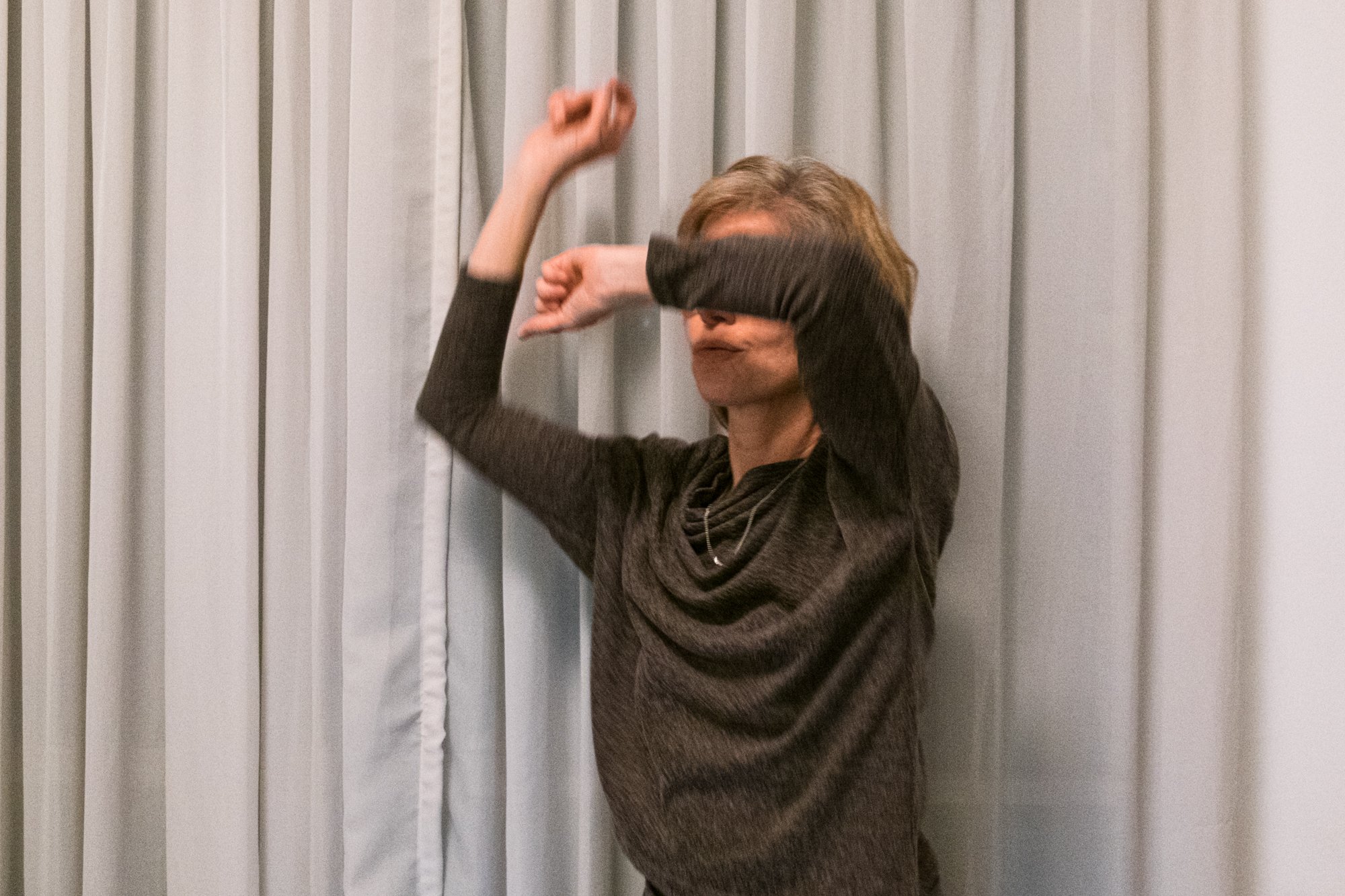My heart is full
Is love a cultural experience, induced and socialised especially for the female gender? How to reconstruct or transform this practice into other forms of love?
“My heart is full” is a project that proposes a reflection on heterosexual romantic love from the perspective of women.
Through self-portraits, still lifes, archive photos, and pictures of the domestic landscape the different stages of the love experience are symbolised, pointing to a repetition of these cycles.
The self-portrait routine came about as a response to a married friend's inquiry about my state of mind living alone in the first months of the Covid-19 pandemic. With the idea of loneliness implicit in his questioning, I began to photograph my daily life as if I were being watched by an imaginary partner.
To expand the lexicon of passionate expressions and reactions to being photographed, I looked for photos taken by ex-boyfriends. I incorporated them to the project, both as a way to recontextualize the lived situations as well as to make the parallel between my self as object of the other's gaze and my self as subject of the self-portraits.
The images of the domestic environment refer to the notion proposed by Virginia Woolf of uninterrupted space as a basic condition for women to be able to dedicate themselves to writing or art. My space appears, then, not only as a condition for creation but also as the stage and the very object of creation.
During the portfolio reviews of Fest Foto 2020, I won as a prize a solo exhibition at CdF - Centro de Fotografía de Montevideo, Uruguay. “Mi corazón está lleno” was exhibited at Fotogalería do Parque Capurro from March to June 2022.
To occupy the zigzag-shaped metal structures existing in the park, I sought inspiration in the biombo. This decorative element separates public and private spaces inside Japanese palaces, temples, shrines and houses. The screens are decorated with themes such as the changing of seasons, flowers and other symbolic elements - a common theme in my still lifes and pictures of my home environment throughout time.
Panels are arranged in pairs and the image presented can be fragmented or continuous. By dividing the horizontal photographs between two panels, I represent the fragmentary and subjective nature of the work, leaving a more open interpretation. The images were edited by the French curator Clelia Bailly.
















